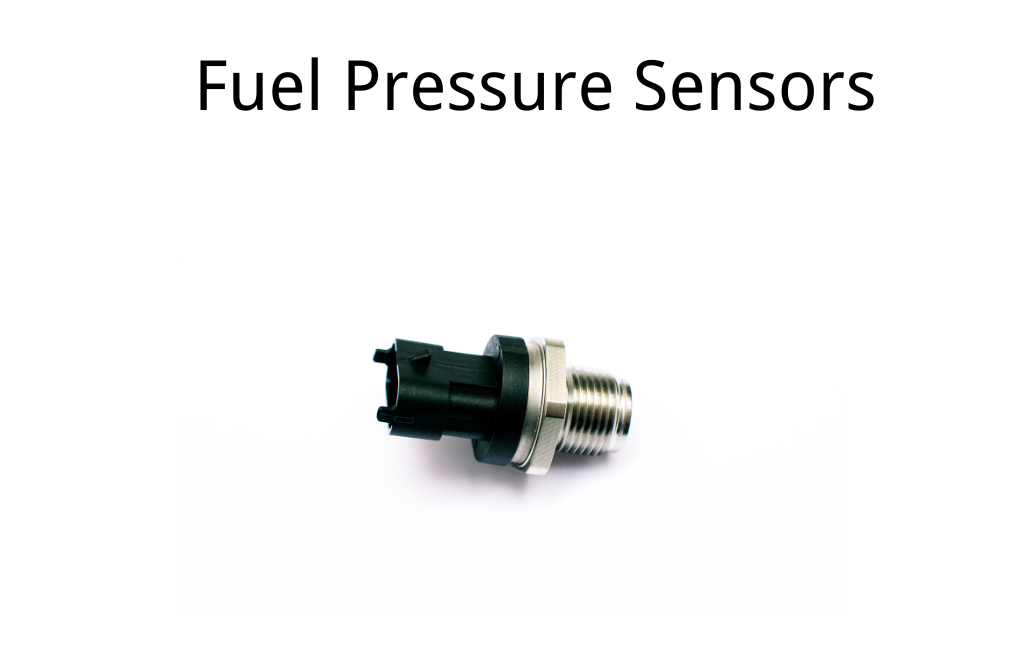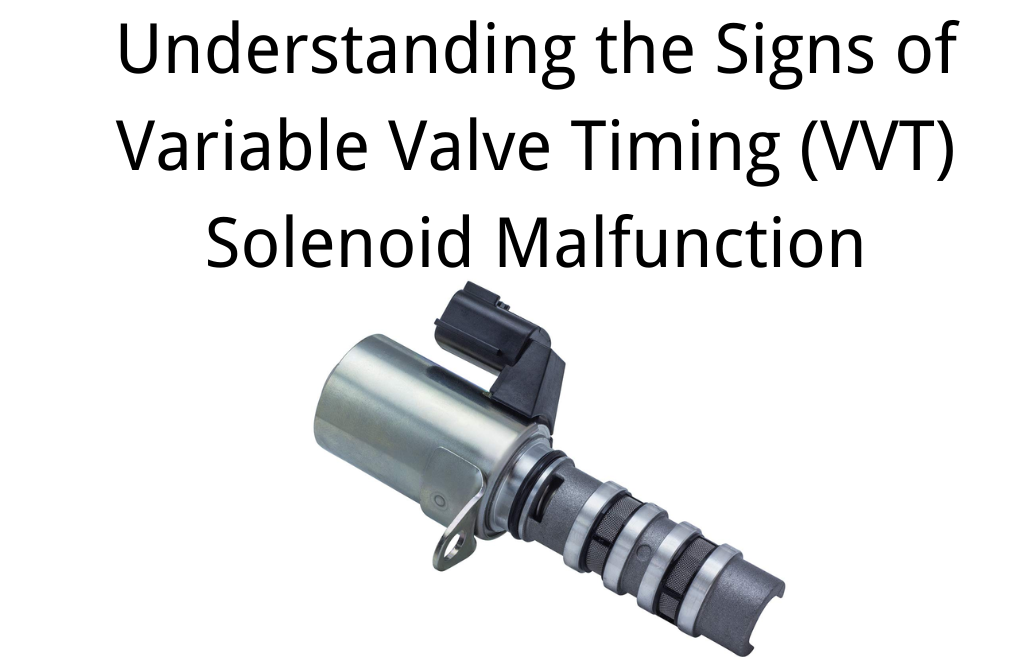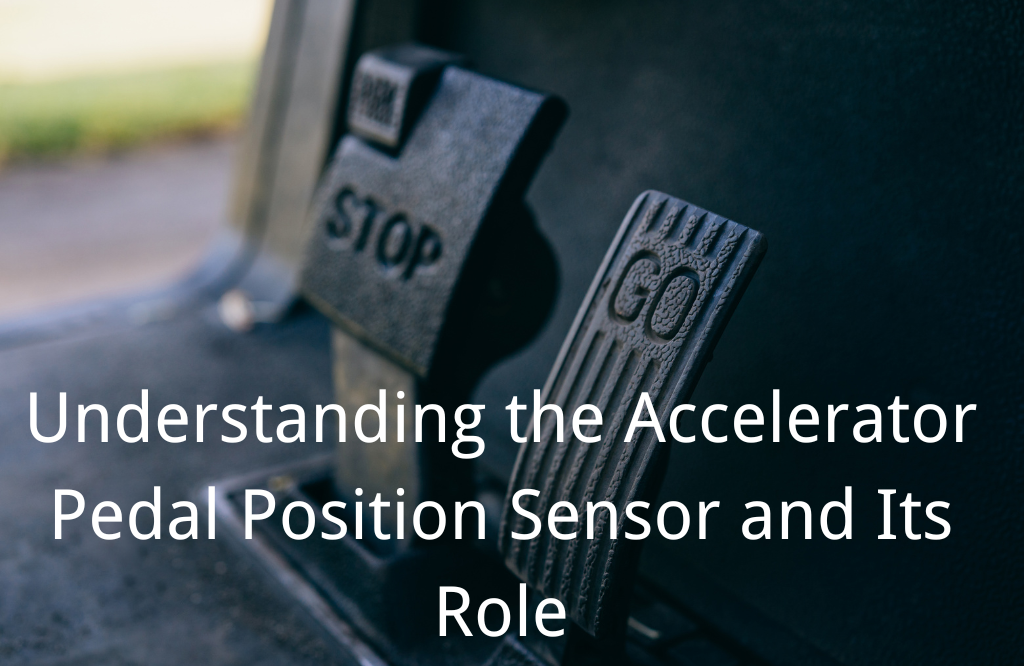When it comes to ensuring your vehicle runs at its peak performance, small components often make the biggest difference. One such crucial component is the fuel pressure sensor. These sensors, often overlooked, play a significant role in optimizing engine performance, fuel efficiency, and emissions control. In this guide, we'll dive deep into the function of fuel pressure sensors, how they impact your vehicle’s efficiency, and what you can do to maintain or diagnose them.
What is a Fuel Pressure Sensor?
A fuel pressure sensor, or fuel rail pressure sensor, measures the pressure inside the fuel rail or line. It’s an essential component in modern vehicles with direct fuel injection or common-rail fuel injection systems. These systems use high-pressure fuel pumps to push fuel into the engine at precise pressures, ensuring efficient fuel atomization and combustion.
In simpler terms, the sensor monitors how much pressure the fuel is under as it travels to the injectors. This data is vital for the engine control module (ECM) or powertrain control module (PCM) to adjust fuel injector timing, fuel flow, and even fuel pump speed. In systems with multiple sensors, this allows for fine-tuning the overall fuel delivery, enhancing engine responsiveness and fuel efficiency.

Types of Fuel Injection Systems Using These Sensors
Fuel pressure sensors are used in various fuel systems:
- Common-Rail Diesel Systems: These systems use a high-pressure pump that delivers fuel to the injectors at a precise pressure. The fuel rail pressure sensor ensures the pressure is kept at optimal levels for smooth combustion.
- Gasoline Direct Injection (GDI) Systems: GDI technology is used in newer gasoline engines to deliver fuel directly into the combustion chamber. Like in diesel systems, a fuel pressure sensor is crucial for controlling fuel delivery and ensuring efficient combustion.
- Traditional Multi-Point Fuel Injection (MPFI) Systems: Even in older vehicles with multi-point fuel injection, the pressure sensor is critical to manage fuel flow and optimize engine performance.
How Fuel Pressure Sensors Work
At its core, the fuel pressure sensor works through piezo-resistive technology. It uses a silicon chip that bends under pressure. As pressure increases, the resistance of the chip changes, which alters the current flowing through it. This change is then sent to the ECM/PCM, which adjusts the fuel pump speed or fuel injector timing based on the pressure reading.
Fuel pressure sensors are typically 3-wire systems, consisting of:
- Ground Wire
- Signal Wire
- 5V Supply Wire (used by the ECM/PCM to send reference signals)
In some advanced vehicles, sensors also come equipped with additional temperature sensing capabilities to monitor the fuel’s temperature and improve engine calibration.
Location of Fuel Pressure Sensors
Fuel pressure sensors are typically found on the fuel rail, which is the component that carries fuel to the injectors. In common-rail diesel systems, the sensor is located on or near the fuel rail or at the end of the rail. For vehicles using pulse modulation systems, the sensors are sometimes placed along the fuel lines, often close to the fuel tank.

Why Fuel Pressure is Critical for Engine Efficiency
Fuel pressure affects how efficiently your engine runs. Too high or too low of a pressure can lead to poor engine performance, lower fuel efficiency, or even engine failure. Proper fuel pressure ensures that the correct amount of fuel is delivered to the injectors, allowing for the most efficient combustion process.
When the fuel pressure sensor fails or provides incorrect readings, the ECM/PCM can miscalculate fuel delivery, leading to issues such as:
- Rough idling
- Engine misfires
- Poor acceleration
- Low power output
- Increased emissions
Common Fuel Pressure Sensor Issues and Symptoms
Several issues can arise from a faulty fuel pressure sensor. Let’s break down some common symptoms and signs of sensor failure:
- Engine Won't Start: A malfunctioning sensor can send incorrect signals to the ECM, causing improper fuel delivery, which can prevent the engine from starting.
- Erratic Idling or Engine Stalling: If the fuel pressure fluctuates unexpectedly, your engine may idle roughly or stall.
- Power Loss: A faulty sensor might trigger a failure to adjust the fuel system correctly, resulting in a loss of power when accelerating or under load.
- Check Engine Light: If your sensor is faulty, the ECM may trigger a diagnostic trouble code (DTC), illuminating the check engine light on your dashboard.
If you notice any of these symptoms, it’s crucial to inspect the sensor and diagnose the issue before it escalates.
Diagnosing Fuel Pressure Sensor Problems
A faulty fuel pressure sensor can trigger various Diagnostic Trouble Codes (DTCs). For OBD2-compliant vehicles, here are some common codes related to fuel pressure sensors:
- P0190 – Fuel Pressure Sensor Circuit Malfunction
- P0191 – Fuel Pressure Sensor Range/Performance Problem
- P0193 – Fuel Pressure Sensor High Input
- P0194 – Fuel Pressure Sensor Low Input
These codes can be read using an OBD2 scanner. Once the code is retrieved, further diagnostic steps include checking sensor voltage, inspecting the wiring for shorts or damage, and confirming whether the pressure readings are accurate.
How to Test a Fuel Pressure Sensor
Testing a fuel pressure sensor involves:
- Inspecting the Wiring: Ensure there is no damage to the wiring and that the connectors are secure.
- Voltage Testing: Using a Digital Multimeter (DMM), check the sensor’s voltage and compare it against the manufacturer’s specifications. The voltage typically ranges between 4 and 5 volts.
- Pressure Testing: If the sensor is installed on a fuel rail, use a fuel pressure gauge to verify the fuel pressure readings. If they don't match the expected values, this may indicate a faulty sensor or issue in the fuel system.
How to Replace a Fuel Pressure Sensor
Replacing a fuel pressure sensor can be a straightforward process if approached with care:
- Release Fuel Pressure: If your vehicle uses direct injection, allow the engine to run for about 10 minutes or disconnect the fuel pump relay to depressurize the system before working on it.
- Disconnect Electrical and Vacuum Lines: Carefully disconnect the sensor's electrical connector and any vacuum lines connected to it (if applicable).
- Remove and Replace: Unscrew the faulty sensor and install a new one. Ensure it’s torqued to the manufacturer’s specified value to prevent leaks.
- Recheck for Leaks: After installation, ensure that no fuel leaks are present before starting the vehicle.
Conclusion
Fuel pressure sensors are critical for maintaining engine efficiency and performance. Whether you are driving a modern diesel vehicle with a common-rail system or a gasoline-powered car with direct injection, understanding how these sensors work and how to maintain them can save you time, money, and frustration. If you suspect an issue with your fuel pressure sensor, diagnosing and replacing it promptly will prevent further engine damage and keep your vehicle running smoothly.
By understanding the role of fuel pressure sensors and keeping an eye out for symptoms of failure, you’ll be better equipped to maintain your car’s fuel system in top shape. So, next time your check engine light comes on, make sure to check your fuel pressure sensor—it could be the key to your vehicle’s performance!




Leave a comment
This site is protected by hCaptcha and the hCaptcha Privacy Policy and Terms of Service apply.